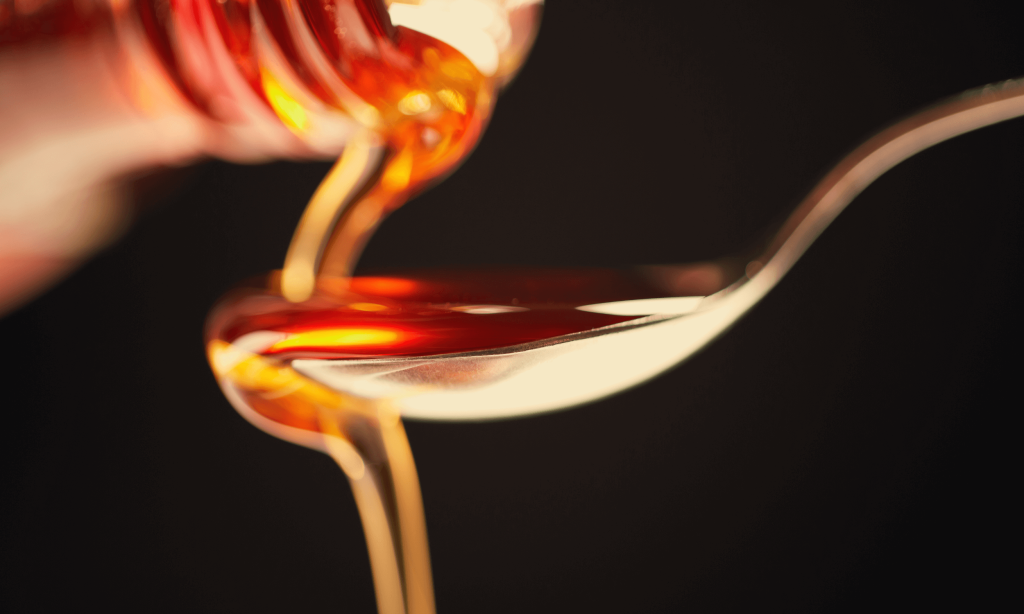One of the most common sources of Alicyclobacillus contamination is liquid sucrose and other liquid sweeteners.
At the International Society of Beverage Technologists (ISBT) meeting in Fort Myers, Florida, the beverage industry faced a pressing issue regarding heat-resistant molds (HRMs) and thermotolerant spoiling organisms. Among these organisms, Alicyclobacillus poses a particularly difficult challenge to control as it is prevalent in raw materials, packaging, and manufacturing processes. When exposed to heat, Alicyclobacillus ascospores can germinate, leading to product degradation as guaiacol-producing Alicyclobacillus proliferate.
One of the main reasons for Alicyclobacillus contamination is the use of liquid sucrose and other liquid sweeteners. Unfortunately, few ways exist to eliminate Alicyclobacillus in sucrose due to its ability to withstand high temperatures, making pasteurization ineffective. UV purification has been used to treat sugar syrup for a while. Still, it wasn’t until recently that the impact of UV on Alicyclobacillus and the necessary dose to inactivate it was fully understood.

In 2003, Mark Wnukowski and his team at American Sugar Refining were tasked with finding a solution to inactivate Alicyclobacillus in their refining process. They explored ultraviolet sterilization and conducted a study to better understand the required UV dose. The study’s findings were published in the International Sugar Journal in 2013, revealing that UV can effectively inactivate Alicyclobacillus, even in low UV transmittance sugar solutions. However, the required UV dose can be high and may need to be met by manufacturers’ standard UV system sizing.
Below are some key findings from their research:
Mark’s research in 2013 on the performance and UV requirements for proper inactivation of Alicyclobacillus in liquid sucrose was a turning point in our understanding of this process. Since then, further research and testing have revealed several key insights into the effective application of UV for the inactivation of Alicyclobacillus. Medium-pressure UV is superior to low-pressure UV due to its multichromatic output. The higher wavelengths produced by medium-pressure UV degrade Alicyclobacillus DNA and disrupt its protein and enzymatic pathways.
In addition, conventional UV purification treatment vessels may not be suitable for sugar syrup due to their low UV transmittance. The design of the UV vessel should consider the spacing of the lamps to ensure optimal inactivation by minimizing the distance between the center of the lamp and the vessel wall. For optimal results, it is recommended to recirculate the liquid sucrose through the UV system in a holding tank. This allows for multiple passes through the system, creating a cumulative dose effect on the organism over time. When designing the system, it is critical to consider the specific UV transmittance of the sucrose used. This factor significantly impacts system sizing and performance and must be considered for optimal results.
The adoption of UV technology to remove heat-resistant molds (HRM) has seen a significant increase among companies, largely due to the growing awareness of its benefits through published studies. This trend has been observed in various sectors, such as distributors, transportation companies, refiners, and liquid sugar manufacturers, who recognize the value of UV technology in their field.
Share: